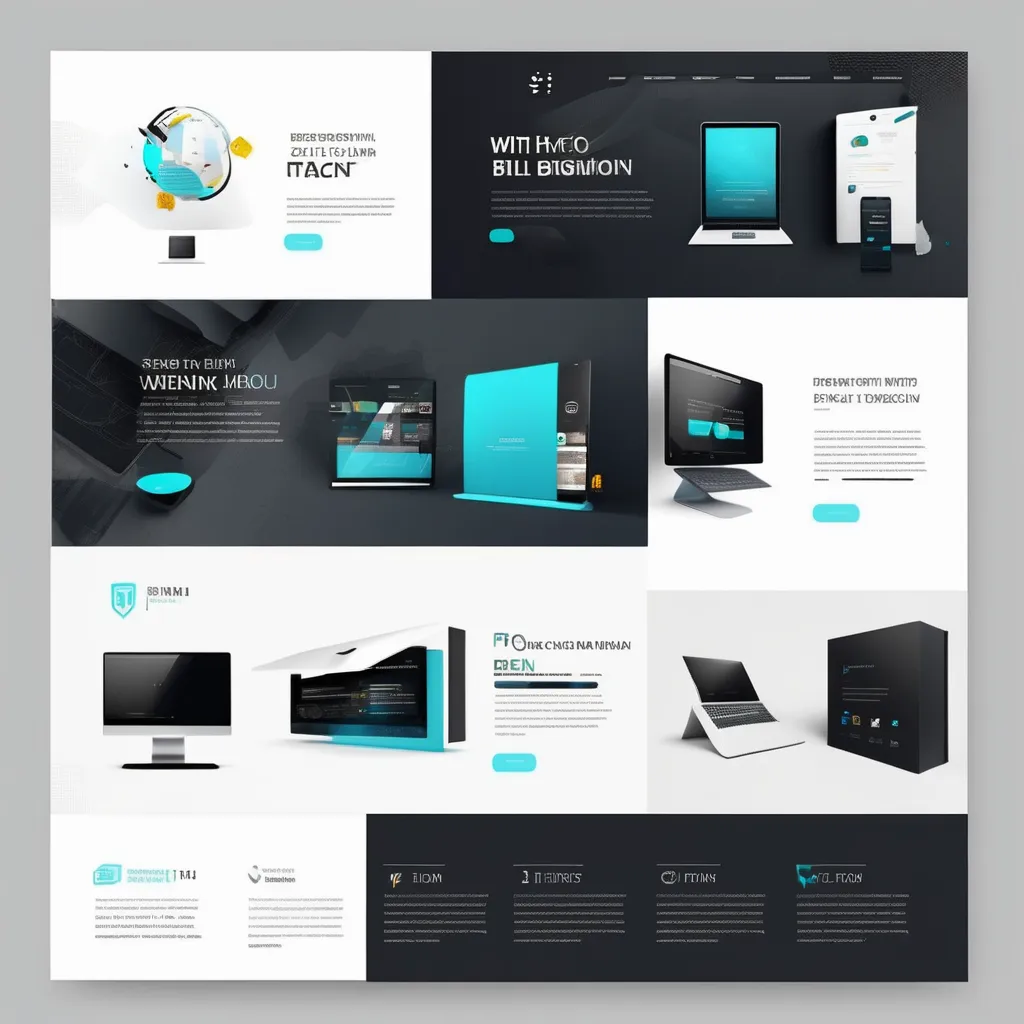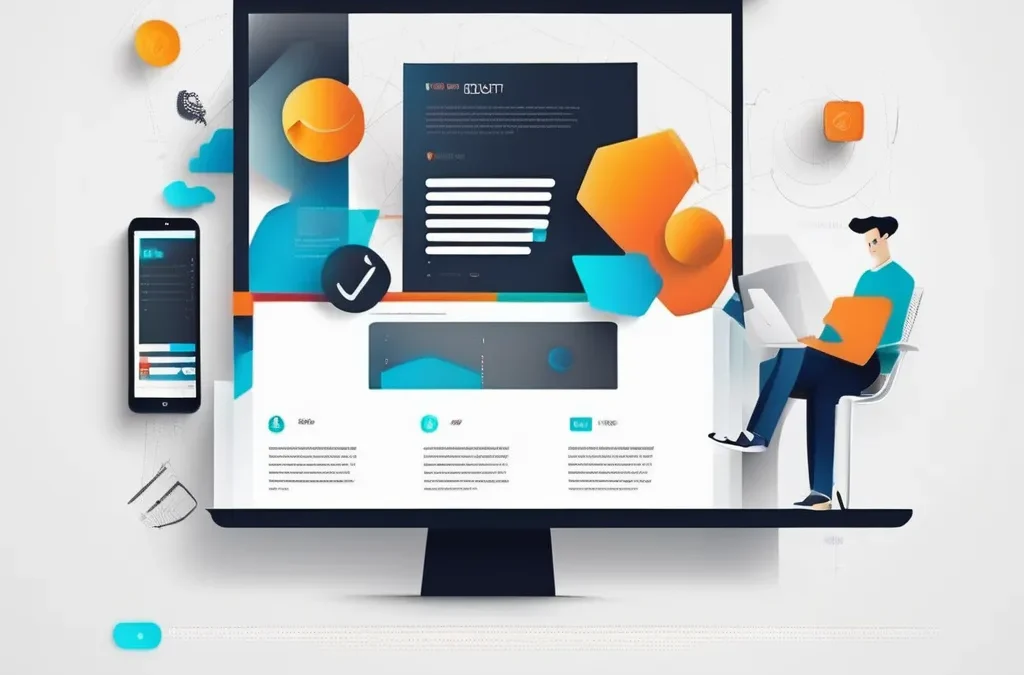Using Micro Interactions Web Design to Improve User Engagement
Contents
- 1 Using Micro Interactions Web Design to Improve User Engagement
- 1.1 Introduction
- 1.2 Understanding Micro Interactions in Web Design
- 1.3
- 1.4
- 1.5
- 1.6 Designing Effective Micro Interactions
- 1.7 Case Studies: Successful Use of Micro Interactions
- 1.8 Best Practices for Implementing Micro Interactions
- 1.9 Measuring the Impact of Micro Interactions on User Engagement
- 1.10 FAQs: Using Micro Interactions Web Design to Improve User Engagement
- 1.10.1 What are the most effective micro interactions for increasing user engagement?
- 1.10.2 How can I implement micro interactions without slowing down my website?
- 1.10.3 Do micro interactions work for all types of websites?
- 1.10.4 How do micro interactions affect mobile user experience?
- 1.10.5 Can micro interactions improve accessibility?
- 1.11 Conclusion
Introduction
Have you ever noticed a button that wiggles when you click it? Using micro interactions web design to improve user engagement can make websites fun and easy to use. These tiny actions help keep visitors interested and happy. Today, we’ll explore how these small details can make a big difference on your website.
Understanding Micro Interactions in Web Design
What Are Micro Interactions?
Using micro interactions web design to improve user engagement starts with understanding what micro interactions are. They are small animations or responses that happen when you do something on a website.
Types of Micro Interactions
- Button Animations: Buttons that change when you click them.
- Hover Effects: Colors or shapes that appear when you move your mouse over something.
Importance of Micro Interactions
- User Feedback: They let users know something has happened.
- Enhanced Usability: They make websites easier to use.
The Role of Micro Interactions in User Engagement
Using micro interactions web design to improve user engagement helps keep users interested.
Increasing Time on Site
- Interactive Elements: Fun parts that make users stay longer.
- Dynamic Content: Moving parts that keep things exciting.
Reducing Bounce Rates
- First Impressions: Making a strong start so users stay.
- Seamless Navigation: Easy paths that guide users through the site.

Micro Interactions Web Design
Designing Effective Micro Interactions
Principles of Good Micro Interaction Design
To effectively use micro interactions, follow these principles.
Simplicity and Clarity
- Minimalist Design: Keep things simple and not too busy.
- Clear Intent: Make sure users understand what to do.
Timing and Duration
- Responsive Timing: Make interactions happen quickly.
- Appropriate Duration: Keep animations short and sweet.
Tools and Technologies for Creating Micro Interactions
There are tools to help you design these small details.
CSS and JavaScript Animations
- CSS Transitions: Smooth changes between different looks.
- JavaScript Libraries: Tools like GSAP to add more effects.
Integrating Micro Interactions with UX/UI Design
- Collaborative Design Process: Work together with designers and developers.
- Prototyping and Testing: Try out ideas and see what works best.
Case Studies: Successful Use of Micro Interactions
Case Study 1: Company A’s Enhanced User Engagement
Using micro interactions web design to improve user engagement worked well for Company A.
Before and After
- Initial State: Users left the site quickly.
- Post-Implementation State: Users stayed longer and interacted more.
Lessons Learned
- Success Factors: Simple and clear interactions made a big difference.
- Challenges Overcome: Fixing issues quickly helped improve the site.
Case Study 2: Company B’s Interactive Features
Company B used micro interactions to boost their website.
User Feedback and Adaptation
- Gathering Feedback: They asked users what they liked.
- Adapting Design: Changed interactions based on what users said.
Long-Term Impact
- Sustained Engagement: Users kept coming back.
- Scalability: They added more interactions as the site grew.
Best Practices for Implementing Micro Interactions
Aligning Micro Interactions with Brand Identity
Make sure micro interactions match your brand.
Customization and Personalization
- Tailored Experiences: Create unique interactions for different users.
- Adaptive Design: Change interactions based on how users behave.
Maintaining Balance
- Avoiding Overuse: Don’t add too many interactions.
- Subtle Enhancements: Make small changes that improve the experience.
Testing and Iterating Micro Interactions
Keep improving your interactions.
A/B Testing
- Comparative Analysis: Test different versions to see what works.
- Metrics to Track: Look at things like clicks and time spent.
Continuous Improvement
- Iterative Design Process: Update based on feedback and data.
- Staying Current: Keep up with new trends and technologies.
Measuring the Impact of Micro Interactions on User Engagement
Key Metrics to Monitor
Using micro interactions web design to improve user engagement can be measured in different ways.
User Behavior Analytics
- Heatmaps: See where users click and move.
- Session Recordings: Watch how users navigate the site.
Feedback and Surveys
- User Satisfaction: Ask users how they feel about the site.
- Improvement Suggestions: Get ideas on what to make better.
Tools for Measuring Impact
Use tools to track how well your interactions are working.
Analytics Platforms
- Google Analytics: Track overall site performance.
- Hotjar: See how users interact with your site.
User Testing Tools
- UserTesting: Get real user feedback.
- Optimizely: Test different versions of your site.
FAQs: Using Micro Interactions Web Design to Improve User Engagement
What are the most effective micro interactions for increasing user engagement?
Using micro interactions web design to improve user engagement includes:
- Button animations
- Hover effects
- Feedback notifications
How can I implement micro interactions without slowing down my website?
- Optimize animations
- Use lightweight libraries
- Prioritize performance
Do micro interactions work for all types of websites?
Yes! Different websites can use tailored micro interactions to fit their needs.
How do micro interactions affect mobile user experience?
They can make mobile sites more fun and easier to use by adapting to touch.
Can micro interactions improve accessibility?
Yes! Design inclusive micro interactions that help all users, including those with disabilities.
Conclusion
Using micro interactions web design to improve user engagement can make your website more fun and easy to use. These small details help keep users happy and coming back. Start adding micro interactions today and watch your website shine!
External Links
- Smashing Magazine on Micro Interactions
- Nielsen Norman Group’s Guide to Micro Interactions
- Awwwards’ Top Web Animation Tools

